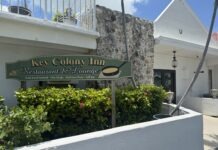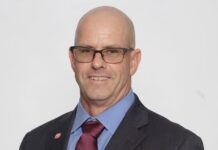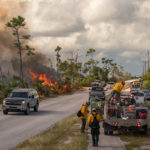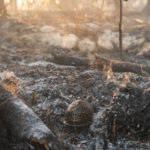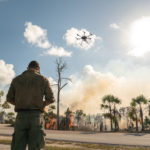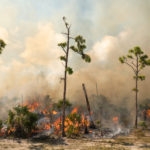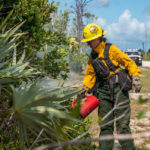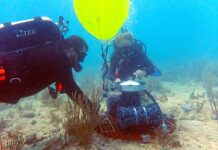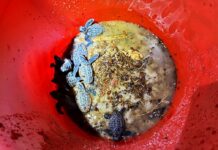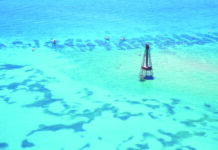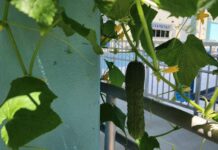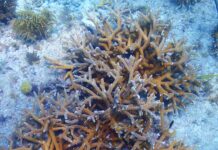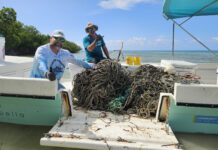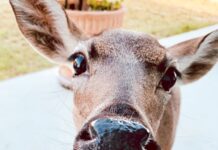The U.S. Fish and Wildlife Service (USFWS) conducted a 115-acre controlled burn on Big Pine Key near the Blue Hole on Monday, Oct. 28. I had the opportunity to entrench myself with the crews as they implemented the highly planned operation.
Wildland firefighters from all over the Southeast came to the Keys to help the USFWS with the burn. Representatives from The Nature Conservancy, USDA Forest Service, Florida Forest Service, Everglades National Park and local emergency services all were present.
“We are very happy with the outcome here today,´ said Greg Suszek, the assigned “Burn Boss” from the U.S. Fish and Wildlife Service. “The burn went very well and we met the objectives we were looking for. This unit took a lot of planning and preparation to get accomplished. I’m happy it’s finally completed.”
Over the last two years, I have had the opportunity to work alongside fire managers across South Florida. During that time I’ve learned that prescribed fire is necessary here in South Florida. Without it, areas such as the one surrounding the Blue Hole on Big Pine Key would ultimately lose their integrity and become an entirely different ecosystem. That was very much one of the reasons this recent burn was implemented on Big Pine, but it wasn’t the only reason.
Wildfires are becoming more common across this country and despite our relentless humidity, South Florida is not immune to them. A wildfire on Big Pine burned 72 acres and a home over a week-long period in April 2018. Mother Nature ultimately helped stop that inferno by dumping 1.7 inches of rain to the area. But such fires demonstrate the need for specialists to remove the items that fuel such a fire — grass, brush and flammable debris that build up over time. Reducing the natural fuel buildup through controlled burns in designated areas significantly reduces the risk of catastrophic wildfires that can result from a cigarette tossed carelessly — and illegally — from a car window.
“I want to remind everyone of the why,” Jon Wallace, a fire manager with the U.S. Fish and Wildlife Service, said during the morning operational briefing on Oct. 28. “Why are we here? We are here to reduce the fuel loading in these areas. By reducing the fuel, we can help protect the community of Big Pine Key and protect the residents that live in these areas from the impacts of wildfires.”
Part of the USFWS mission is to prevent wildfires from impacting communities while supporting the ecosystems that depend on such prescribed fires.
This one helped support the health of the Big Pine Key ecosystems and will reduce the risk of wildfires in the future.
As I worked my way around the burn and chatted with the firefighters, I learned that they prefer to work under the conditions they choose. Prescribed fire helps them do that and allows them to watch and mitigate the burn as it’s happening. It’s often difficult to see the immediate benefit of fire, as one looks as the decimated, ash-covered woodlands, but come back in a month or two and the signs will be obvious: Newly sprouted grass and flowers will dot the landscape, and life will continue as it always has. The look and optimism of these rejuvenated landscapes have opened my eyes to the benefits of the work these men and women do, and to how much our local landscapes crave and depend upon this otherwise naturally occurring fiery phenomenon.




